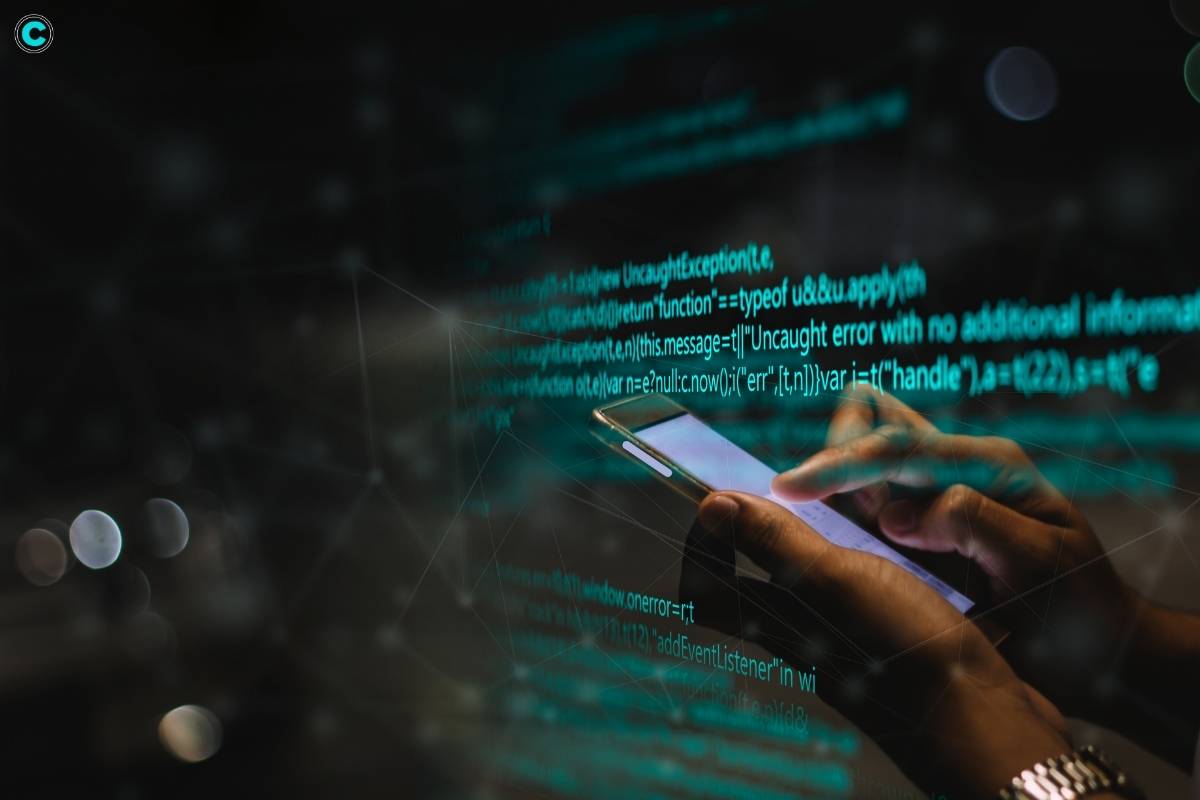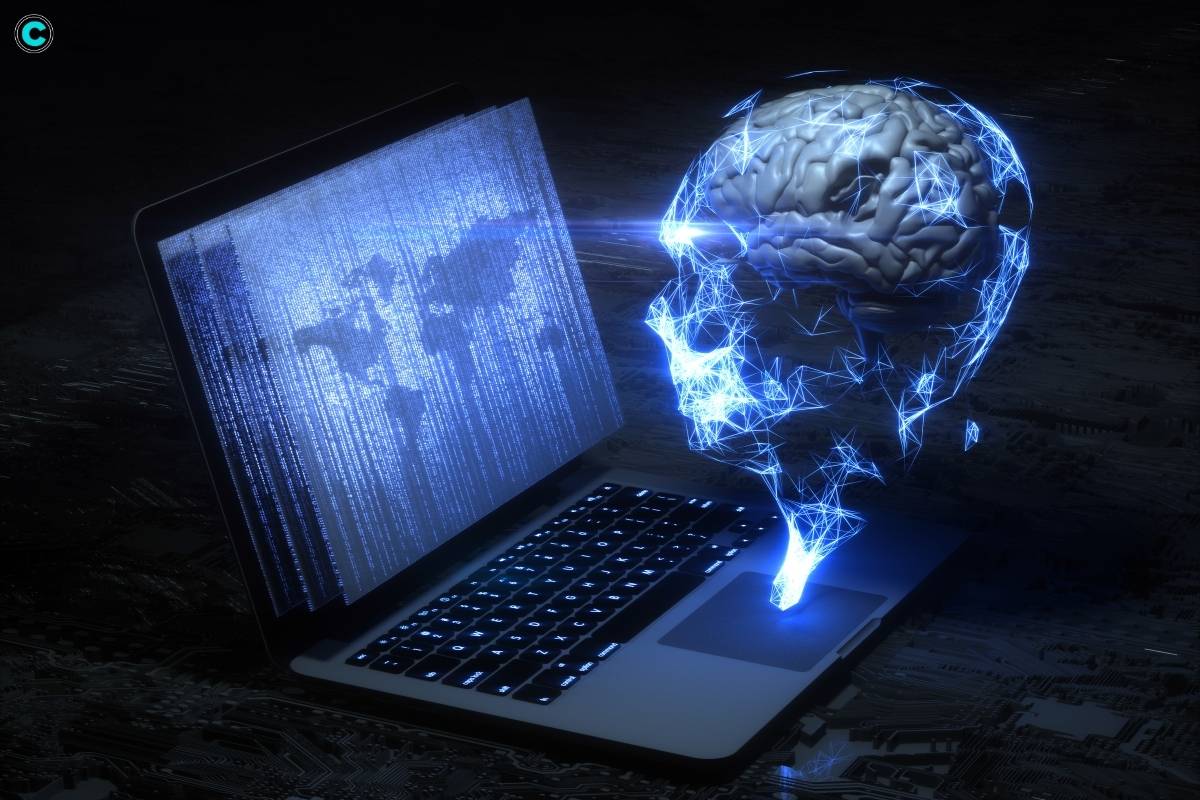In an era dominated by digitization, the rise of Artificial Intelligence (AI) has been a game-changer in various domains. One area where AI has particularly shone is in the realm of cybersecurity. As the digital landscape expands, so do the threats associated with Artificial Intelligence in cybersecurity. This article explores the symbiotic relationship between AI and cybersecurity, shedding light on how Artificial Intelligence is bolstering our defenses in the face of evolving cyber threats.
Understanding the Cybersecurity Landscape:
The digital age has ushered in unprecedented connectivity and efficiency, but it has also given rise to sophisticated cyber threats. Organizations, from multinational corporations to small businesses, face a barrage of cyberattacks ranging from ransomware and phishing to more complex, state-sponsored breaches. As the threat landscape becomes increasingly intricate, traditional cybersecurity measures are often inadequate.
The Limitations of Traditional Approaches:
Traditional cybersecurity relies heavily on rule-based systems and signature-based detection methods. While these methods have been effective against known threats, they struggle when faced with novel, sophisticated attacks. Cybercriminals constantly evolve their tactics, rendering traditional cybersecurity tools less effective in identifying and mitigating emerging threats.
Enter Artificial Intelligence in Cybersecurity: A Game-Changer
AI introduces a paradigm shift in cybersecurity by leveraging advanced algorithms and machine learning capabilities. Unlike rule-based systems, AI has the ability to learn and adapt in real-time, making it a formidable ally in the fight against cyber threats.
1. Threat Detection and Prevention: The Artificial Intelligence Advantage
AI’s strength lies in its ability to analyze vast amounts of data quickly and accurately. Machine learning algorithms can identify patterns and anomalies within datasets that may indicate potential threats. This proactive approach enables organizations to detect and prevent cyberattacks before they can inflict damage.
For instance, AI-driven systems can monitor network traffic and identify deviations from normal behavior. If an anomaly is detected, the system can automatically flag it for further investigation or take preventive measures. This real-time threat detection is crucial in a landscape where the speed of response often determines the extent of the damage.
2. Behavioral Analysis and Anomaly Detection

One of the key contributions of Artificial Intelligence in cybersecurity is its prowess in behavioral analysis. Traditional security measures often focus on the characteristics of known threats, leaving them blind to previously unseen attacks. AI, on the other hand, excels at recognizing abnormal patterns in user behavior or network traffic.
By establishing a baseline of normal behavior, Artificial Intelligence systems can identify deviations indicative of a potential security threat. For example, if an employee’s account suddenly exhibits unusual access patterns or a system process behaves atypically, AI algorithms can flag these anomalies for investigation.
3. Predictive Analysis and Proactive Defense
AI’s predictive capabilities extend beyond mere threat detection. Machine learning models can analyze historical data to identify trends and predict potential future attacks. This proactive approach allows organizations to shore up their defenses before a new threat materializes.
Moreover, AI systems can simulate various attack scenarios, helping organizations understand their vulnerabilities and bolster their security posture accordingly. This proactive stance is invaluable in an environment where cyber threats are becoming increasingly sophisticated and unpredictable.
4. Automated Incident Response
Speed is of the essence in responding to cyber incidents. AI facilitates rapid, automated responses to security breaches, mitigating the impact of an attack. From isolating compromised systems to applying patches and updates, AI-driven incident response mechanisms ensure that the reaction time is minimized, reducing the window of vulnerability.
Challenges and Ethical Considerations

While Artificial Intelligence in cybersecurity presents a robust solution to cybersecurity challenges, it is not without its own set of considerations. The sheer complexity of AI systems can make them susceptible to adversarial attacks, where cybercriminals manipulate the algorithms to evade detection. Ensuring the ethical use of Artificial Intelligence in cybersecurity is paramount, as the stakes are high, and the consequences of misuse could be severe.
The Future: A Collaborative Ecosystem
The evolution of Artificial Intelligence in cybersecurity marks the beginning of a collaborative ecosystem where human expertise combines with machine intelligence to create a formidable defense against cyber threats. The human element remains crucial in interpreting the context of threats, making strategic decisions, and addressing the ethical implications of AI-driven cybersecurity.
As technology continues to advance, so too will cyber threats. The symbiotic relationship between AI and cybersecurity represents a dynamic response to this evolving landscape. By harnessing the power of AI, organizations can fortify their defenses and navigate the digital frontier with confidence.
AI and Cybersecurity: Overcoming Challenges and Embracing Innovation
As the synergy between Artificial Intelligence and cybersecurity continues to strengthen, it is essential to delve deeper into the challenges that arise and explore the ongoing innovations in this dynamic field.
1. Adversarial Attacks and AI Security
The very tools designed to enhance cybersecurity are susceptible to manipulation. Adversarial attacks involve intentionally crafting input to deceive AI systems, leading them to misclassify or make incorrect decisions. As AI becomes integral to cybersecurity, researchers are working on developing robust defenses against adversarial attacks, employing techniques such as adversarial training to bolster AI system resilience.
2. Ethical Considerations in AI-Driven Cybersecurity
Ethical considerations loom large in the integration of AI into cybersecurity practices. The immense power wielded by AI, especially in automated decision-making, demands a careful examination of potential biases, fairness, and the impact on privacy. Striking the right balance between enhanced security measures and ethical AI practices is an ongoing challenge that the cybersecurity community is actively addressing.
3. Human-Machine Collaboration
The optimal future for Artificial Intelligence in cybersecurity lies in a harmonious collaboration between human expertise and machine intelligence. While AI excels in processing vast datasets and identifying patterns, human intuition, creativity, and contextual understanding remain unparalleled. Establishing effective communication channels between security professionals and AI systems ensures that the strengths of both are leveraged to the maximum.
4. Continuous Evolution of Artificial Intelligence Models
The field of AI is dynamic, with continuous advancements in algorithms, models, and frameworks. To stay ahead of cyber threats, AI models must evolve and adapt rapidly. This necessitates a commitment to ongoing research and development, ensuring that AI-driven cybersecurity solutions remain at the forefront of innovation.
5. Integration with Threat Intelligence
The effectiveness of Artificial Intelligence in cybersecurity is magnified when integrated with threat intelligence. By leveraging up-to-date information on emerging threats, Artificial Intelligence systems can enhance their predictive capabilities and respond more effectively to new attack vectors. The seamless integration of threat intelligence platforms with AI-driven cybersecurity solutions creates a robust defense mechanism.

6. The Role of AI in Incident Response
Incident response is a critical aspect of cybersecurity, and AI plays a pivotal role in streamlining and accelerating these processes. Automated incident response powered by AI can not only detect and contain threats but also facilitate in-depth post-incident analysis. This comprehensive approach ensures a faster recovery and fortification of defenses against similar future attacks.
7. AI in Vulnerability Management
Identifying and patching vulnerabilities in a timely manner is crucial for cybersecurity. Artificial Intelligence excels in vulnerability management by continuously scanning systems, identifying weaknesses, and prioritizing them based on potential impact. This proactive approach mitigates the risk of exploitation, creating a more resilient cybersecurity infrastructure.
8. Quantum Computing and Future Challenges
The advent of quantum computing poses both opportunities and challenges for AI-driven cybersecurity. While quantum algorithms have the potential to break traditional encryption methods, AI is also instrumental in developing quantum-resistant cryptographic techniques. Navigating the complex interplay between quantum computing and AI is a frontier that cybersecurity experts are actively exploring.
Conclusion:
The integration of Artificial Intelligence in cybersecurity represents a transformative leap forward in our ability to safeguard digital assets. While challenges and ethical considerations persist, ongoing research, collaboration, and innovation promise a future where AI-driven cybersecurity not only defends against evolving threats but also adapts seamlessly to the intricacies of the digital landscape. As organizations embrace the power of AI, the synergy between human intellect and machine capabilities will play a pivotal role in securing the digital realm for generations to come.
Also Read: Unleashing the Power of AI in Cybersecurity: A Comprehensive Analysis of Cyber Threats






